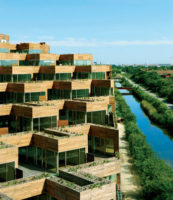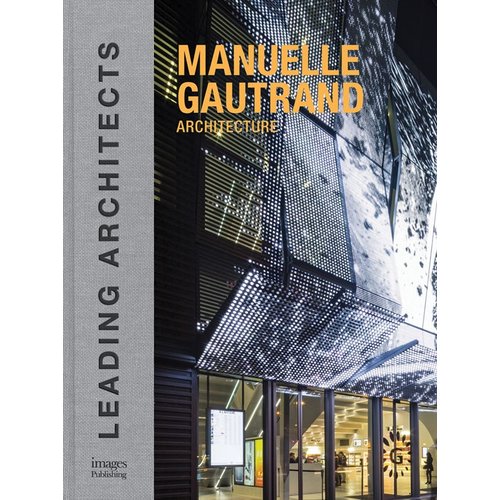BIG | Bjarke Ingels Group
LOCATION: Copenhagen, Denmark
FOUNDED: 2005
DESIGN STAFF: 60
PARTNERS: Bjarke Ingels, Finn Nørkjaer, Andreas Klok Pedersen, David Zahle
EDUCATION: Ingels: Royal Danish Academy of Fine Arts, School of Architecture, 1999; Nørkjaer: Aarhus School of Architecture, 1992; Pedersen: Aarhus School of Architecture, 2004; Zahle: Royal Danish Academy of Fine Arts, School of Architecture, 2003
WORK HISTORY: Ingels: BIG , 2005—; PLOT, 2001—05; Nørkjaer: BIG /PLOT, 2001—; BBP Architects 1998—2001; Nova 5, 1995—98; Schmidt Hammer Lassen, 1992—95; Pedersen: BIG/PLOT, 2004—; MVRD, 2001—02; Bonnelycke Architects, 2002; C.F. Møller Architects, 1999—2000; Zahle: BIG/PLOT, 2002—; KHR Architects 1999—2000; Henning Larsen Architects, 1998—99
COMPLETED PROJECTS: The Mountain, Copenhagen, 2008; Sjakket Youth Center, Copenhagen, 2007; Helsingor Psychiatric Hospital, Helsingor, 2006;
VM Houses, Copenhagen, 2005
CURRENT PROJECTS: Danish Pavilion, Shanghai Expo 2010; 8 House, Copenhagen, 2010; Superkilen master plan, Copenhagen, 2010; Tamayo Cultural Center, Atizapan, Mexico, 2010; Astana National Library, Astana, Kazakhstan, 2011; Tallinn Town Hall, Tallinn, Estonia, 2012; Shenzhen International Energy Headquarters, Shenzhen, China, 2013
Web site: www.big.dk/























Post a comment to this article
Report Abusive Comment